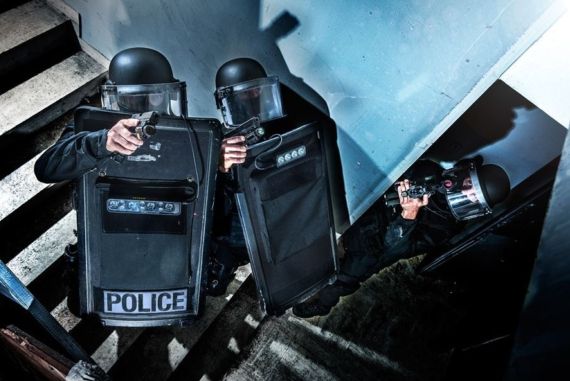mine blast protection refers to the measures and technologies employed to mitigate the devastating effects of landmine explosions, particularly in military and humanitarian contexts. These protective measures are essential for safeguarding the lives of military personnel, civilian populations, and humanitarian workers operating in regions affected by landmines. Let’s delve into the key aspects of mine blast protection:
1. Vehicle Armor and Design:
Military vehicles deployed in areas prone to landmines are often equipped with specialized armor to withstand the impact of mine explosions. This armor is designed to absorb and dissipate the blast force, minimizing damage to the vehicle and its occupants. Additionally, vehicle design features such as V-shaped hulls and raised chassis help deflect the blast away from the crew compartment, enhancing survivability.
2. Personal Protective Equipment (PPE):
Soldiers and humanitarian workers operating in mine-affected areas wear specialized personal protective equipment to reduce the risk of injury from mine blasts. This may include blast-resistant helmets, body armor, and blast-resistant clothing designed to mitigate the effects of shrapnel and blast overpressure. PPE is crucial for enhancing the survivability of individuals exposed to the threat of landmines.
3. Mine Detection and Clearance:
Effective mine blast protection also involves proactive measures to detect and clear landmines from affected areas. Specialized mine detection equipment, such as metal detectors and ground-penetrating radar, is used to locate buried mines, allowing for safe clearance by trained personnel. Mine clearance operations are conducted meticulously to ensure that mines are neutralized without causing unintended detonations.
4. Blast Mitigation Techniques:
In addition to vehicle armor and PPE, blast mitigation techniques are employed to minimize the impact of mine explosions on personnel and equipment. These techniques may include the use of blast-absorbing materials in vehicle construction, blast-resistant seating arrangements, and blast barriers or shields to redirect the force of the explosion away from vulnerable areas.
5. Training and Education:
Education and training play a crucial role in mine blast protection, equipping personnel with the knowledge and skills to identify, avoid, and respond to mine threats effectively. Soldiers and humanitarian workers undergo rigorous training on mine awareness, detection, and safe operating procedures in mine-affected environments, reducing the likelihood of accidents and casualties.
Conclusion:
Mine blast protection is a multifaceted endeavor that encompasses vehicle armor, personal protective equipment, mine detection and clearance, blast mitigation techniques, and training and education. By implementing comprehensive protection measures, military forces, humanitarian organizations, and civilian populations can minimize the devastating impact of landmine explosions and enhance the safety and security of personnel operating in high-risk environments.




Comments are closed.